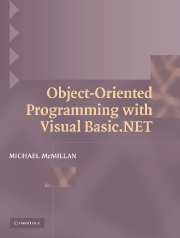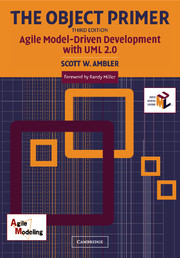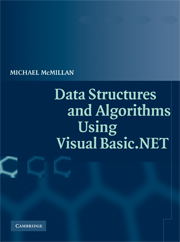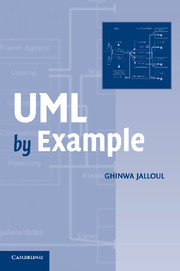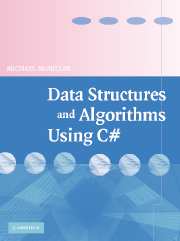Object-Oriented Programming with Visual Basic.NET
After an introduction to abstract data types and their initial implementation using structures, Michael McMillan analyzes standard OOP topics, including class design, inheritance, access modifiers and scoping issues, abstract classes, design and implementation of interfaces and design patterns, and refactoring in VB.NET. More advanced OOP topics are covered as well (reflection, object persistence, and serialization.) Finally, he demonstrates OOP techniques for standard Windows applications; for database applications using ADO.NET; for Web-based applications using ASP.NET; and for Windows service applications.
- Visual Basic is one of the most popular programming languages in use today, second only to C/C++
- Comprehensive coverage of VB.NET OOP features includes advanced topics such as reflection, object persistence and serialization, design patterns and refactoring
- Practical application examples demonstrating sound OOP design and implementation principles
Reviews & endorsements
"...it is written clearly, and any student who has successfully completed a programming course in any language should be able to use it as a stepping-stone into the world of applications programming in Microsoft's dot-NET framework. Recommended." S.L. Tanimoto, University of Washington, Choice
"Beginning with an overview of the syntax and primary constructs of the VB.NET language, the book elaborates standard object-oriented programming topics including class, inheritance, access modifiers and scoping issues, abstract classes, design and implementation of interfaces and design patterns, and refactoring in VB.NET...All in all, the book will help VB users to develop a firm understanding of object-oriented programming in VB.NET." ACM SIGSOFT Software Engineering Notes
Product details
March 2011Adobe eBook Reader
9780511894015
0 pages
0kg
This ISBN is for an eBook version which is distributed on our behalf by a third party.
Table of Contents
- Preface
- 1. An overview of the visual Basic.NET language
- 2. An overview of object-oriented programming
- 3. Structures
- 4. Classes
- 5. Access modifiers
- 6. Abstract classes and interfaces
- 7. Implementing the IEnumerable and IComparable interfaces
- 8. Designing and implementing exception classes
- 9. Design patterns and refactoring
- 10. Object internals: reflection and attributes
- 11. Object persistence: Serialization
- 12. Building a Windows application
- 13. Database programming using ADO.NET
- References
- Index.

